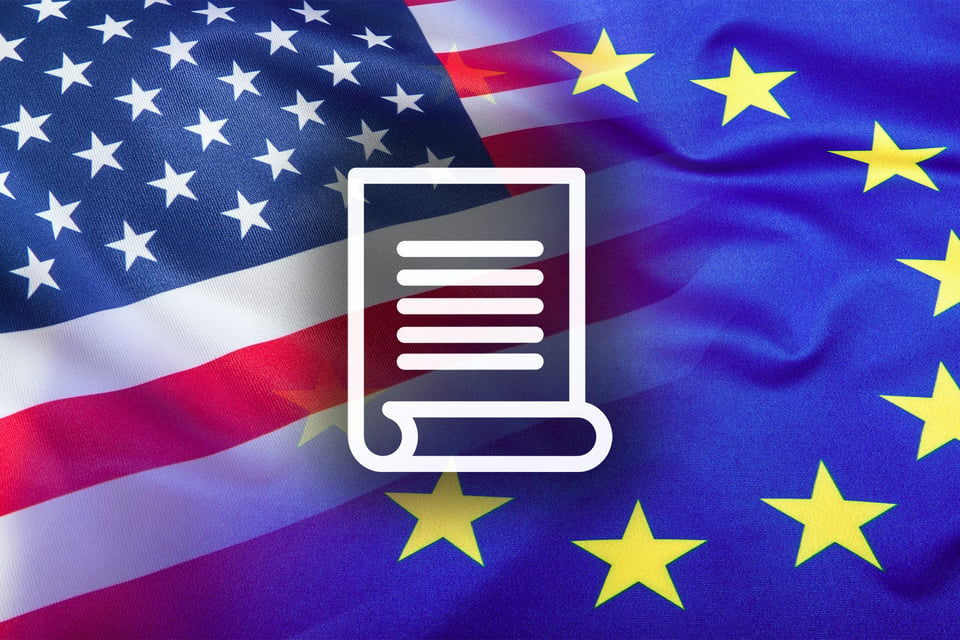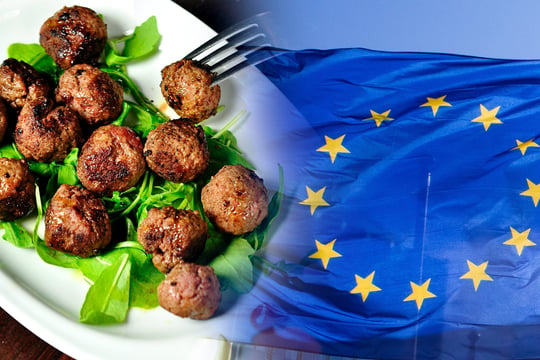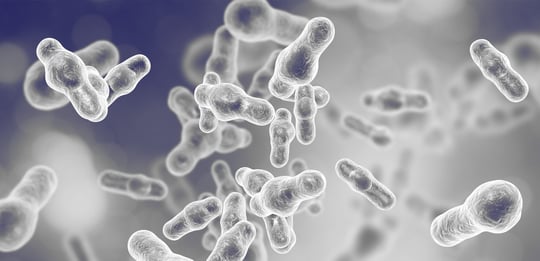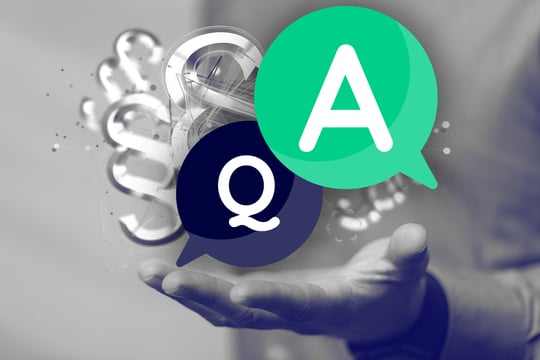
As the world becomes more interconnected, food and feed safety regulations must keep pace with innovation while maintaining public trust. The ability to assess applications quickly, regulate efficiently, and promote innovation are all critical components of regulatory leadership.
Defining global regulatory leadership
The WHO Global Strategy for Food Safety (2022-2030) underscores the importance of resilient national food control systems and coordinated, evidence-based actions across sectors. The European Union and the United States are widely regarded as regulatory leaders, setting high food safety standards that influence global markets. But what does it truly mean to be a global regulatory leader, and how can we measure this leadership?
Regulatory leadership requires more than just stringent safety rules. The ability to create clear, predictable, and transparent regulations while fostering innovation determines how attractive a market is for new food technologies. Striking the right balance between risk management and market accessibility is the true challenge for global regulators.
Europe’s fortress of regulation
The ability to introduce clear, timely, and effective regulations is one of the hallmarks of regulatory leadership. The EU regulatory system is known for its rigorous safety standards, high level of transparency, and public participation. The European Commission, along with the EFSA, regularly publishes guidelines and regulations that are subject to public consultation before finalisation (with some exemptions). This inclusive approach ensures that a wide range of stakeholders, including industry, academia, and the public, can contribute to the regulatory process. A recent example is the public consultation on the Draft guidance on the characterisation and risk assessment of microorganisms used in the food chain, which closed on February 7, 2025.
When good intentions slow progress
EU regulations increase the safety of consumers, animals, and the environment. The difference between the EU and areas where regulations are still developing is significant. Regulations also provide predictability and a clear path to the market. However, despite its strengths, the EU's lengthy approval processes have faced criticism, not only in the food chain. The administrative burden and requirements for companies bringing new, innovative products to market have grown, leading many companies to seek other markets. There must be a balance, and currently, we see that the majority of our customers choose markets other than the EU first, mainly due to the longer time it takes for product authorisation in the EU and lack of predictability. It is currently faster to obtain market access in the US, and risks of overregulation in the EU seem to be materialising.
Innovation stalled at the border
One prominent example is genetically modified organisms (GMOs). While the EU's precautionary approach aims to protect consumers and the environment, it has limited the adoption of innovative agricultural practices that could improve crop yields and resilience. This can prevent European farmers from utilising advanced biotechnologies that could help address challenges such as climate change and food security, such as plants resistant to insect pests, tolerant to herbicides, drought or salinity. Excessive regulatory requirements can increase the cost of compliance for food producers, which can be passed on to consumers in the form of higher prices. This is particularly evident in the biotechnology sector, where overregulation can lead to increased costs for developing and bringing new products to market. These higher costs can make food products less affordable, especially for low-income consumers.
Rules, guidelines and fine print
The devil is in the details. While regulatory documents often set high-level requirements, guidance documents provide further detail on how companies can comply and clarify existing regulations.
Guidance documents don't have the force and effect of the law though. When these documents introduce new requirements or interpret regulations in ways that extend beyond the original legislative intent, they can create confusion and uncertainty for regulated entities. In the rapidly evolving biotechnology field, regulatory leadership may also mean taking new scientific methods as requirements.
Examples of such scientific requirements introduced in guidance documents include new non-standardised methods, such as microbiome or other omics studies, allergenicity assessments, as well as alternative methods for in vivo toxicological studies which lack clarity. One may also raise the question of what is must-know from safety point of view, and what studies are nice-to-know only.
Detailed guidance has both pros and cons. It brings clarity on how to comply with legal requirements, for example, guiding how to show the safety of a novel food. On the other hand, guidance never covers all practical cases, and it requires scientific and regulatory expertise to interpret what would be the best approach in each case. If the authority can give scientific guidance, applicants have more trust that their application will obtain positive feedback. However, when authorities cannot provide scientific clarity, applicants are left with uncertainty, making market entry more challenging.
The need for speed: EU vs. US
Regulatory efficiency is another hallmark of leadership. The EU employs a centralised procedure for the approval of food and feed products through the European Food Safety Authority (EFSA). EFSA provides scientific advice and risk assessments to support the European Commission in making regulatory decisions. While this process can be efficient in providing superior food safety, it is slower compared to the FDA, particularly for innovative products. In the past few years, the time for approval has been increased by requirements imposed in the Transparency Regulation, including study notification and confidentiality requests. In addition, EFSA does not give scientific advice in study design in relation to applications (see above), which increases uncertainty among applicants.
In contrast, the US FDA’s Generally Recognized as Safe (GRAS) notification process is faster and more flexible, allowing companies to gain market access faster. GRAS is a voluntary mechanism that allows companies to demonstrate the safety of food substances without undergoing the formal premarket approval process. While the FDA strives to complete reviews within 180 days, the actual timeline can vary based on the specifics of each submission. Furthermore, the FDA offers pre-notification meetings, providing applicants with early scientific guidance and an opportunity to discuss issues that may be relevant to the submission of the notifier's GRAS notice. While both regions prioritise food safety, regulatory agility remains a crucial factor in encouraging innovation and investment.
Global leadership requires learning from others
Being a global regulatory leader in food and feed involves a delicate balance between ensuring public safety and trust, while also enabling innovation and efficacy.
The EU and US have distinct regulatory models, both striving to protect public health and foster innovation. We believe both could learn from each other:
- From the EU: Transparency, public participation, and strong scientific risk assessment frameworks.
- From the US: Faster application processes, early-stage regulatory guidance, and market-driven adaptability.
Understanding these differences and learning from each other's best practices can help regulatory agencies worldwide enhance their leadership and better serve their populations.
While the EU and the US have different approaches to regulation, both systems strive to protect public health and foster innovation. Safety should always come first, but regulatory frameworks should evolve with science, incorporating new risk assessment methods while ensuring practical, implementable compliance pathways. Encouraging self-sufficiency through innovation is particularly critical in today’s geopolitical and economic climate.
How Biosafe can help you stay ahead
With our in-depth understanding of the EU, US, and other regulatory environments, Biosafe can help you navigate the complexities of the global biotech market, ensuring your products are safe, compliant, and ready for consumers worldwide.
Topic:







/Lopputuote/microbial-products-cell-cultivated-meat-2-biosafe-1920x1280.jpg?width=540&name=microbial-products-cell-cultivated-meat-2-biosafe-1920x1280.jpg)


